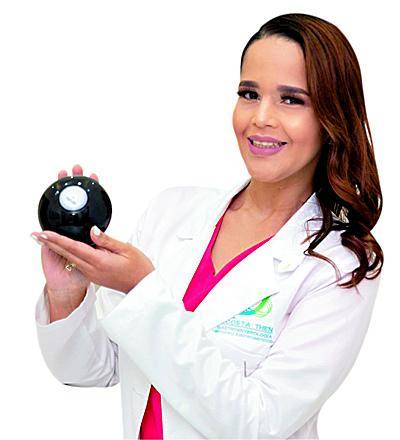In my practice as a gastroenterologist and endoscopist, it is common to receive patients reporting symptoms of heartburn and bloating. An endoscope is a thin, flexible camera that allows us to diagnose the true state of the gastric mucosa. During an endoscopy, we find pathologies such as gastritis, ulcers and reflux. An important ally in these recommendations is diet, especially the acid diet. What does this diet plan include, in addition to being therapeutic, and is it recommended as an adjunct to treatment?
An acid digestion diet eliminates acid-producing foods and increases the alkalinity of the stomach. Although it is indeed not for weight loss, it is still essential to rest the stomach and allow the mucosa to return to its original state.
Foods that create an acidic digestive diet:
You can implement this plan within 15 to 30 days. Let’s start with what is prohibited and must be eliminated: dairy products, coffee, energy drinks, soft drinks, spicy foods, condiments, auxiliary condiments in tubers; cassava and sweet potatoes, vegetables and tomatoes. From fruits, pineapples and all citrus derivatives such as lemons, oranges, etc.
Foods in the diet include white rice, bread, and all vegetables except those that produce gas, such as broccoli. Pasta and white meat, such as fish and chicken, are allowed.
In addition to this diet, it is recommended to discontinue the use of nonsteroidal anti-inflammatory drugs.
* Bariatric endoscopist, director of the Obesity and Specialty Clinic at Salutte Clinic in the Dominican Republic.

